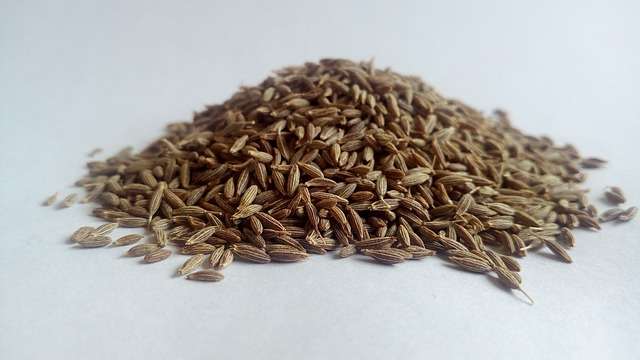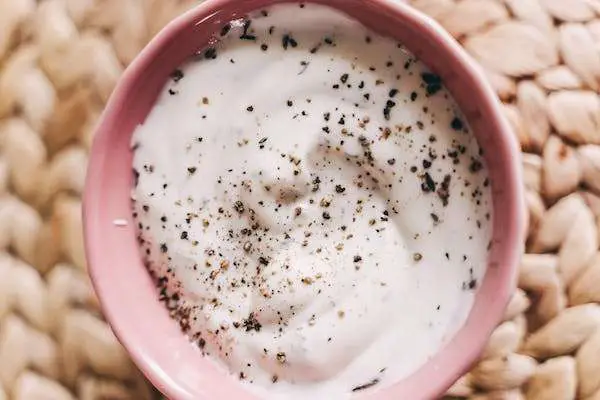How to Use Treadmill to Lose Belly Fat
Introduction: A treadmill can be used as an effective form of exercise to reduce belly fat. With the correct treadmill training method, you can treadmill use to lose belly fat and help you have a healthier and more beautiful figure. Losing belly fat has always been one of the fitness goals of many people. Not just for aesthetic reasons, but because excess belly fat can be harmful to your health. In order to achieve the goal of losing belly fat, in addition to controlling diet, proper exercise is also essential. Choosing fitness equipment like a treadmill that suits you can achieve better results in reducing your belly. Treadmill to lose belly fat: All fat in the body can be burned in the same way. By creating a calorie deficit, the body converts to fat to fuel your work. If you are doing exercise, you burn more fat because your body needs more fuel. Women burn an average of 2,000 calories per day and men burn 2,500 calories per day. By creating a daily deficit where you burn more calories than you consume, you will burn body fat. This may mean that you feel hungry at times, but that’s the point, you’re consuming fewer calories than you need, and you’re probably consuming fewer calories than before. By burning 3,500 calories (which may take some time), you will burn 1 pound of fat. Treadmill Workouts for Belly Fat Loss: Stick to aerobic exercise Treadmill aerobic exercise is a very effective way to burn off belly fat. Aerobic exercise can increase your heart rate and speed up your metabolism, burning excess fat. It is recommended to do aerobic exercise at least 3 times a week, for more than 30 minutes each time. Control training intensity When training on a treadmill, you need to control training intensity. Properly increasing training intensity can achieve better fat-burning effects. However, if you train too much, it will not only cause damage to the body but also easily cause muscle fatigue and even disorders. It is recommended to gradually increase the training intensity according to personal strength and willingness, and pay attention to the body’s reaction. Increase the incline Incline adjustment of the treadmill is a very effective way to increase training intensity and burn fat. Increasing the incline can simulate mountain climbing, strengthen your abdominal muscles, and increase your heart rate. It is recommended to gradually increase the slope to the highest point, then return to the original point, and repeat several times. Do abdominal muscle training In addition to aerobic exercise on the treadmill, abdominal muscle training is also a very effective way to reduce abdominal fat. When performing abdominal muscle training on the treadmill, you can increase the training intensity by adjusting the speed and incline, while making full use of the handrails on the treadmill for support and pull-ups. Benefits of Treadmill Exercise: Cardiovascular benefits Using a treadmill to workout is a great strategy to strengthen your heart. It improves blood circulation, strengthens the heart, and lowers blood pressure. Frequent treadmill training strengthens and improves the functioning of the cardiovascular system. Calorie burning potential Workouts on a treadmill promote efficient burning of calories, which is essential for managing weight. People can tailor their exercises to target various calorie-burning objectives by adjusting the tempo and incline. This is especially helpful for people who want to reduce their tummy fat. Convenience and accessibility There are plenty of treadmills in fitness facilities and gyms, and many people also have access to them at home. This simplicity encourages consistency in exercises by making it simpler to fit regular exercise into everyday schedules. Exercise on a treadmill is accessible, which helps people stick to a fitness regimen over time. Low impact on joints Justification Workouts on the treadmill are comparatively low-impact when compared to certain other types of cardiovascular training. The treadmill’s cushioned surface lessens joint stress, making it a good choice for people who have joint problems or who wish to lower their chance of impact-related injuries. This increases the sustainability of treadmill exercise for a wide variety of people. Incorporating Strength Training: 1. Importance of building lean muscle for fat loss It needs strength training to build lean muscle mass. By constructing and preserving muscle, strength training helps raise the body’s metabolic rate in contrast to aerobic activities alone, which are mostly focused on burning calories. Increased muscle mass raises the resting metabolic rate, which increases calorie expenditure even while at rest. 2. Examples of treadmill-based strength exercises Justification The treadmill can be used for strength training even though it’s usually connected to cardiovascular exercise. Examples of strength exercises that can be done on a treadmill are given in this section. These exercises include walking lunges, side shuffles, and even bodyweight exercises like push-ups. These workouts promote a full-body workout because they work for other muscle groups in addition to the cardiovascular system. 3. Suggested frequency and duration for strength training on the treadmill This section provides recommendations on how frequently and for how long people should add strength exercises into their treadmill workouts to optimize the benefits of strength training. It highlights the significance of balance and suggests combining strength training and cardiovascular exercise to improve general fitness. For a well-rounded approach, specific recommendations can include doing weight training two to three times a week. In conclusion, the importance of strength training in relation to treadmill exercises is highlighted in this section. It describes how increasing lean muscle mass increases metabolism, gives doable examples of strength training activities that can be incorporated into treadmill sessions, and gives advice on how often and how long to do strength training to establish a well-rounded and efficient fitness regimen. Monitoring Progress: A. Monitoring distance, speed, and time Keep track of important metrics from your treadmill workouts, like the length of your sessions, the pace at which you’re running or walking, and the distance you’ve traveled. You can use this data to monitor your development over time, spot trends, and make reasonable goals. Numerous treadmills come equipped with inbuilt … Read more









